Results 10,811 to 10,820 of 12094
Thread: Anandtech News
-
10-02-20, 03:35 PM #10811
Anandtech: NVIDIA Delays GeForce RTX 3070 Launch to October 29th
In a brief news post made to their GeForce website last night, NVIDIA has announced that they have delayed the launch of the upcoming GeForce RTX 3070 video card. The high-end video card, which was set to launch on October 15th for $499, has been pushed back by two weeks. It will now be launching on October 29th.
Indirectly referencing the launch-day availability concerns for the RTX 3080 and RTX 3090 last month, NVIDIA is citing a desire to have “more cards available on launch day” for the delay. NVIDIA does not disclose their launch supply numbers, so it’s not clear just how many more cards another two weeks’ worth of stockpiling will net them – it likely still won’t be enough to meet all demand – but it should at least improve the odds.
Interestingly, this delay also means that the RTX 3070 will now launch after AMD’s planned Radeon product briefing, which is scheduled for October 28th. NVIDIA has already shown their hand with respect to specifications and pricing, so the 3070’s price and performance are presumably locked in. But this does give NVIDIA one last chance to react – or at least, distract – should they need it.NVIDIA GeForce Specification Comparison RTX 3070 RTX 3080 RTX 3090 RTX 2070 CUDA Cores 5888 8704 10496 2304 ROPs 96 96 112 64 Boost Clock 1.73GHz 1.71GHz 1.7GHz 1.62GHz Memory Clock 16Gbps GDDR6 19Gbps GDDR6X 19.5Gbps GDDR6X 14Gbps GDDR6 Memory Bus Width 256-bit 320-bit 384-bit 256-bit VRAM 8GB 10GB 24GB 8GB Single Precision Perf. 20.4 TFLOPs 29.8 TFLOPs 35.7 TFLOPs 7.5 TFLOPs Tensor Perf. (FP16) 81.3 TFLOPs 119 TFLOPs 143 TFLOPs 59.8 TFLOPs Tensor Perf. (FP16-Sparse) 163 TFLOPs 238 TFLOPs 285 TFLOPs 59.8 TFLOPs TDP 220W 320W 350W 175W GPU GA104 GA102 GA102 TU106 Transistor Count 17.4B 28B 28B 18.6B Architecture Ampere Ampere Ampere Turing Manufacturing Process Samsung 8nm Samsung 8nm Samsung 8nm TSMC 12nm "FFN" Launch Date 10/15/2020
10/29/202009/17/2020 09/24/2020 10/17/2018 Launch Price MSRP: $499 MSRP: $699 MSRP: $1499 MSRP: $499
Founders $599
More...
-
10-05-20, 12:30 PM #10812
Anandtech: USB 3.2 Gen 2x2 State of the Ecosystem Review: Where Does 20Gbps USB Stand
USB has emerged as the mainstream interface of choice for data transfer from computing platforms to external storage devices. Thunderbolt has traditionally been thought of as a high-end alternative. However, USB has made rapid strides in the last decade in terms of supported bandwidth - From a top speed of 5 Gbps in 2010, the ecosystem moved to devices supporting 10 Gbps in 2015. Late last year, we saw the retail availability of 20 Gbps support with USB 3.2 Gen 2x2 on both the host and device sides. Almost a year down the line, how is the ecosystem shaping up in terms of future potential? Do the Gen 2x2 devices currently available in the retail market live up to their billing? What can consumers do to take advantage of the standard without breaking the bank? Read on to find out.
More...
-
10-05-20, 12:30 PM #10813
Anandtech: NVIDIA BlueField-2 DPUs Set to Ship In 2021, Roadmaps BlueField-3&4 By 202
Continuing this morning’s run of GTC-related announcements, NVIDIA is offering yet another update on the state of their Data Processing Unit (DPU) project. An initiative inherited from Mellanox as part of that acquisition, NVIDIA and Mellanox have been talking up their BlueField-2 DPUs for the better part of the last year. And now the company is finally nearing a release date, with BlueField-2 DPUs sampling now, and set to ship in 2021.
Originally hatched by Mellanox before the NVIDIA acquisition, the DPU was Mellanox’s idea for the next-generation of SmartNICs, combining their networking gear with a modestly powerful Arm SoC to offload various tasks from the host system, such as software-defined networking and storage, as well as dedicated acceleration engines. Mellanox had been working on the project for some time, and while the original BlueField products saw a relatively low-key release last year, the company has been hard at work on Bluefield-2, which NVIDIA has since elevated to a much greater position.
This second generation of DPU-accelerated hardware will go under the BlueField-2 name, and the two companies have been talking about it for most of the past year. Based on a custom SoC, the BlueField 2 SoC uses 8 Arm Cortex-A72 cores along with a pair of VLIW acceleration engines. All of this is then paired with a ConnectX-6 DX NIC for actual network connectivity. At a high level, the DPU is intended to be the next step in the gradual movement towards domain-specific accelerators within the datacenter, offering a more specialized processor that can offload networking, storage, and security workloads from the host CPU.
Coming off of their success in the datacenter market from broadening applications for GPUs, it’s easy to see NVIDIA’s interest in the DPU project: this is another piece of silicon they can sell to server builders and datacenter operators, and further undermines the importance of the one thing NVIDIA doesn’t have, a server-class CPU. So although not a project stated by NVIDIA, it’s a project they’re full embracing and expanding upon.
As the bulk of today’s DPU announcement is a recap for NVIDIA, the actual product plans for BlueField-2 have not changed. NVIDIA will be releasing two DPU-equipped cards, the BlueField-2, and the BlueField-2X. The former is a more traditional SmartNIC with the DPU and 2 100Gb/second Ethernet/InfiniBand ports. This allows it to be used for networking as well as storage tasks like NVMe-over-Fabrics.
Meanwhile the larger Bluefield-2X incorporates a DPU as well as one of NVIDIA’s Ampere-GPUs for further acceleration via in-network computing, as NVIDIA likes to call it. NVIDIA hasn’t disclosed the GPU used on the BlueField-2X, but if these renders are accurate, then the number of memory chips indicates it’s GA102, the same chip going into NVIDIA’s high-end video cards. Which would make BlueField-2X a very potent card with regards to compute performance.
And NVIDIA’s plans don’t stop with the BlueField-2 products. The company has planned out a series of cards based on BlueField-2, which will be released as the BlueField-3 and BlueField-4 family in successive years. BlueField-3 will be a souped-up version of BlueField-2, with separate DPU and DPU + GPU cards. Meanwhile BlueField-4 will be the first part where NVIDIA’s influence makes it into the core silicon, with the company planning a single high-performance DPU that would be able to significantly outperform the easier discrete DPU + GPU designs. All told, NVIDIA is expecting BlueField-4 to offer 400 TOPS of AI performance.
All of this, in turn, will come with NVIDIA’s traditional embrace of both hardware and software. The company is looking to mirror its CUDA strategy with DPUs, offering the Data Center Infrastructure-on-a-Chip Architecture (DOCA) as the software stack and programming model for BlueField 2 and later DPUs. This means assembling high-grade SDKs for developers to use, and then extending support for those SDKs and libraries over multiple generations. NVIDIA is clearly just getting DOCA off of the ground, but if history is any indication, software will play a huge role in the growth of the SmartNIC market, just like it did GPUs a decade prior.
Wrapping things up, the first BlueField-2 cards are now sampling to NVIDIA’s partners. Meanwhile commercial shipments will kick off in 2021, and BlueField-3 shipments may follow as soon as 2022.
More...
-
10-06-20, 12:00 PM #10814
Anandtech: Insights into DDR5 Sub-timings and Latencies
Today we posted a news article about SK hynix’s new DDR5 memory modules for customers – 64 GB registered modules running at DDR5-4800, aimed at the preview systems that the big hyperscalers start playing with 12-18 months before anyone else gets access to them. It is interesting to note that SK Hynix did not publish any sub-timing information about these modules, and as we look through the announcements made by the major memory manufacturers, one common theme has been a lack of detail about sub-timings. Today can present information across the full range of DDR5 specifications.
More...
-
10-06-20, 12:00 PM #10815
Anandtech: Marvell and HPE Introduce NVMe RAID Adapter for Server Boot Drives
In 2018 Marvell announced the 88NR2241 Intelligent NVMe Switch: the first—and so far, only—NVMe hardware RAID controller of its kind. Now that chip has scored its first major (public) design win with Hewlett Packard Enterprise. The HPE NS204i-p is a new RAID adapter card for M.2 NVMe SSDs, intended to provide RAID-1 protection to a pair of 480GB boot drives in HPE ProLiant and Apollo systems.
The HPE NS204i-p is a half-height, half-length PCIe 3.0 x4 adapter card designed by Marvell for HPE. It features the 88NR2241 NVMe switch and two M.2 PCIe x4 slots that connect through the Marvell switch. This is not a typical PCIe switch as often seen providing fan-out of more PCIe lanes, but one that operates at a higher level and natively understands the NVMe protocol.
The NS204i-p adapter is configured specifically to provide RAID-1 (mirroring) of two SSDs, presenting them to the host system as a single NVMe device. This is the key advantage of the 88NR2241 over other NVMe RAID solutions: the host system doesn't need to know anything about the RAID array and continues to use the usual NVMe drivers. Competing NVMe RAID solutions in the market are either SAS/SATA/NVMe "tri-mode" RAID controllers that require NVMe drives to be accessed using proprietary SCSI interfaces, or are software RAID systems with the accompanying CPU overhead.
Based on the provided photos, it looks like HPE is equipping the NS204i-p with a pair of SK hynix NVMe SSDs. The spec sheet indicates these are from a read-oriented product tier, so the endurance rating should be 1 DWPD (somewhere around 876 TBW for 480GB drives).
This solution is claimed to offer several times the performance of SATA boot drive(s), and can achieve high availability of the OS and log storage without using up front hot-swap bays on a server. The HPE NS204i-p is now available for purchase from HPE, but pricing has not been publicly disclosed.
Related Reading- Enterprise NVMe Round-Up 2: SK Hynix, Samsung, DapuStor and DERA
- Marvell at FMS 2019: NVMe Over Fabrics Controllers, AI On SSD
- Marvell Announces Client SSD Controllers With PCIe Gen4
More...
-
10-07-20, 04:21 PM #10816
Anandtech: Intel Confirms Rocket Lake on Desktop for Q1 2021, with PCIe 4.0
In a blog post on Medium today, Intel’s John Bonini has confirmed that the company will be launching its next-generation desktop platform in Q1 2021. This is confirmed as Rocket Lake, presumably under Intel’s 11th Gen Core branding, and will feature PCIe 4.0 support. After several months (and Z490 motherboards) mentioning Rocket Lake and PCIe 4.0 support, this note from Intel is the primary source that confirms it all.
The blog post doesn’t go into any further detail about Rocket Lake. From our side of the fence, we assume this is another 14nm processor, with questions as to whether it is built upon the same Skylake architecture as the previous five generations of 14nm, or is a back-port of Intel’s latest Cove microarchitecture designs. Add in PCIe 4.0 support rather than PCIe 3.0 - there’s no specific indication at this time that there will be an increase in PCIe lane counts from the CPU, although that has been an idea that has been floated. Some motherboards, such as the ASRock Z490 Aqua, seem to have been built with the idea of a PCIe 4.0 specific storage M.2 slot, which when in use makes the PCIe 3.0 slot no longer accessible.
It is notable in the blog that John Bonini (VP/GM for Intel’s Desktop/Workstation/Gaming) cites high processor frequencies as a key metric for high performance in games and popular applications, mentioning Intel’s various Turbo Boost technologies. In the same paragraph, he then cites overclocking Intel’s processors to 7 GHz, failing to mention that this sort of overclocking isn’t done for the sake of gaming or workflow. The blog post also seems to bounce between talking about enthusiast gamers on the bleeding edge and squeezing out every bit of performance at the top-end, to then mentioning casual gamers on mobile graphics; it’s comes across as erratic and a bit bipolar. Note that this blog post is also posted on Medium, rather than Intel’s own website, for whatever reason, and also seems to change font size mid-paragraph in the version we were sent.
The reason why this blog post is being today, in my opinion, is two-fold. Firstly, recent unconfirmed leaks regarding Intel’s roadmap has placed the next generation of desktop processor firmly into that Q1/Q2 crossover in 2021. By coming out and confirming a Q1 launch window, Intel is at least putting those rumors to bed. The second reason is down to what the competition is announcing: AMD has a Zen3 related presentation on October 8th, and so with Intel’s footnote, we at least know what’s going on with both team blue and team red.
Related Reading- Best CPUs for Gaming: September 2020
- ASRock Z490 Aqua Motherboard Review: The $1100 LC Monoblock Flagship
- The Intel Comet Lake Core i9-10900K, i7-10700K, i5-10600K CPU Review: Skylake We Go Again
- The Intel Z490 Overview: 44+ Motherboards Examined
- AMD Announces Ryzen "Zen 3" and Radeon "RDNA2" Presentations for October: A New Journey Begins
More...
-
10-07-20, 04:21 PM #10817
Anandtech: The NZXT N7 Z490 Motherboard Review: From A Different Direction
It's been nearly two years to the day since NZXT last released a motherboard, which was the Z370 N7. NZXT initially used ECS as its motherboard OEM, but has opted to use ASRock this time round for a new N7 model. This has the same N7 infused armor, albeit using a combined metal and plastic instead of just metal which does reduce the overall cost. Aiming for the mid-range market, NZXT's N7 Z490 features 2.5 GbE, Wi-Fi 6, dual M.2, and four SATA ports, and we give it our focus in this review.
More...
-
10-08-20, 03:00 PM #10818
Anandtech: AMD Teases Radeon RX 6000 Card Performance Numbers: Aiming For 3080?
As part of today’s Zen 3 desktop CPU announcement from AMD, the company also threw in a quick teaser from the GPU side of the company in order to show off the combined power of their CPUs and GPUs. The other half of AMD is preparing for their own announcement in a few weeks, where they’ll be holding a keynote for their forthcoming Radeon RX 6000 video cards.
With the recent launch of NVIDIA’s Ampere-based GeForce RTX 30 series parts clearly on their minds, AMD briefly teased the performance of a forthcoming high-end RX 6000 video card. The company isn’t disclosing any specification details of the unnamed card – short of course that it’s an RDNA2-based RX 6000 part – but the company did disclose a few choice benchmark numbers from their labs.
Dialing things up to 4K at maximum quality, AMD benchmarked Borderlands 3, Gears of War 5, and Call of Duty: Modern Warfare (2019). And while these are unverified results being released for marketing purposes – meaning they should be taken with a grain or two of salt – the implied message from AMD is clear: they’re aiming for NVIDIA’s GeForce RTX 3080 with this part.
Assuming these numbers are accurate, AMD’s Borderlands 3 performance are practically in lockstep with the 3080. However the Gears 5 results are a bit more modest, and 73fps would have AMD trailing by several percent. Finally, Call of Duty does not have a standardized benchmark, so although 88fps at 4K looks impressive, it’s impossible to say how it compares to other hardware.
Meanwhile, it’s worth noting that as with all vendor performance teases, we’re likely looking at AMD’s best numbers. And of course, expect to see a lot of ongoing fine tuning from both AMD and NVIDIA over the coming weeks and months as they jostle for position, especially if AMD’s card is consistently this close.
Otherwise, the biggest question that remains for another day is which video card these performance numbers are for. It’s a very safe bet that this is AMD’s flagship GPU (expected to be Navi 21), however AMD is purposely making it unclear if this is their lead configuration, or their second-tier configuration. Reaching parity with the 3080 would be a big deal on its own; however if it’s AMD’s second tier-card, then that would significantly alter the competitive landscape.
Expect to find out the answers to this and more on October 28th, when AMD hosts their Radeon RX 6000 keynote.
More...
-
10-08-20, 03:00 PM #10819
Anandtech: AMD Ryzen 5000 and Zen 3 on Nov 5th: +19% IPC, Claims Best Gaming CPU
Dr. Lisa Su, the CEO of AMD, has today announced the company’s next generation mainstream Ryzen processor. The new family, known as the Ryzen 5000 series, includes four parts and supports up to sixteen cores. The key element of the new product is the core design, with AMD’s latest Zen 3 microarchitecture, promising a 19% raw increase in performance-per-clock, well above recent generational improvements. The new processors are socket-compatible with existing 500-series motherboards, and will be available at retail from November 5th. AMD is putting a clear marker in the sand, calling one of its halo products as ‘The World’s Best Gaming CPU’. We have details.
More...
-
10-09-20, 11:43 AM #10820
Anandtech: The Acer Nitro 5 Review: Renoir And Turing On A Budget
Acer has had a big year in 2020, thanks to their close relationship with AMD. Acer has long been a strong partner of AMD, through the good times, and the bad, and right now is about as good a time to be an AMD partner as it can be. AMD’s Renoir platform has been a revolution for their mobile device efforts. The company had strong packages for the desktop really ever since they launched the Ryzen platform in 2017, but those successes did not translate over to the laptop space, but with the latest Ryzen 4000 series processors, aka Renoir, all of that has changed.
More...
Thread Information
Users Browsing this Thread
There are currently 15 users browsing this thread. (0 members and 15 guests)




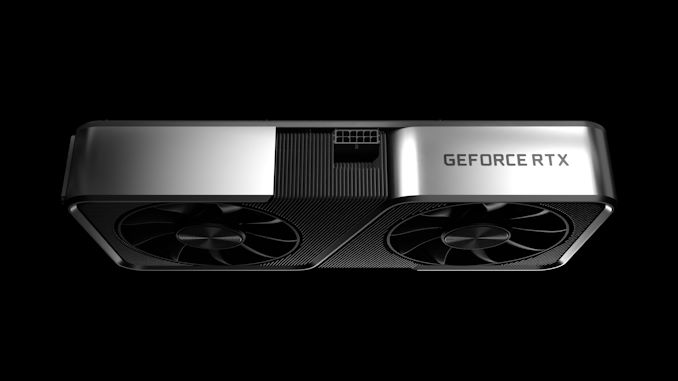

 Quote
Quote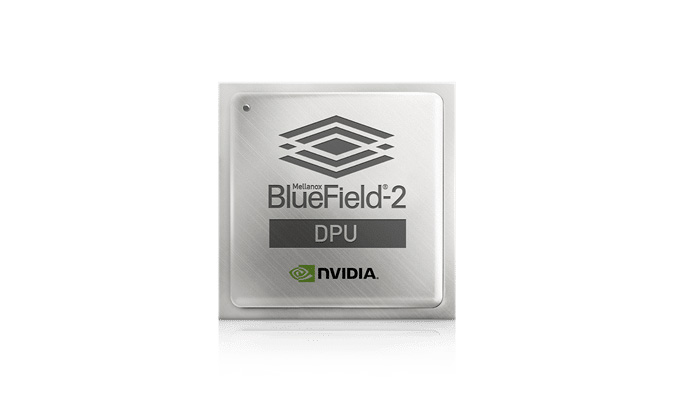
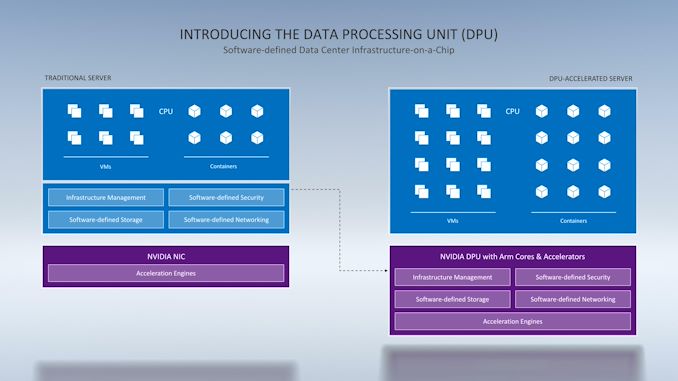
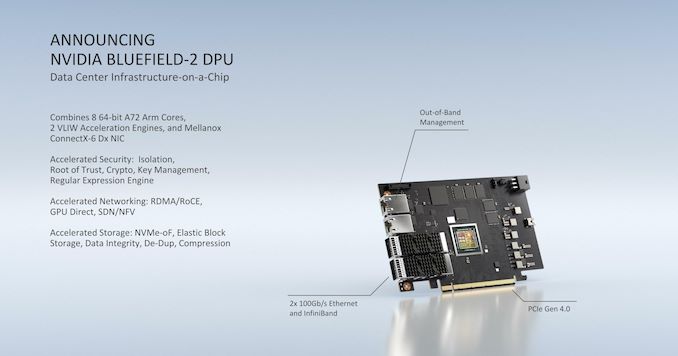
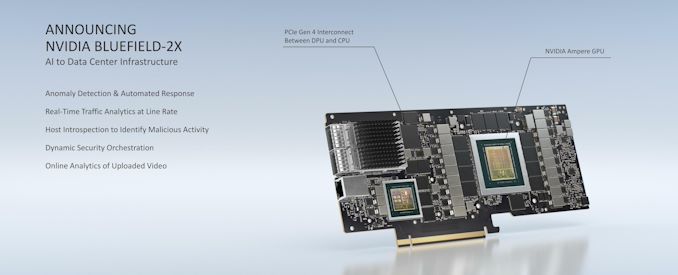

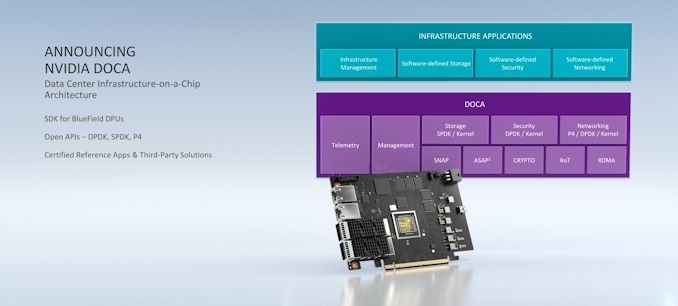
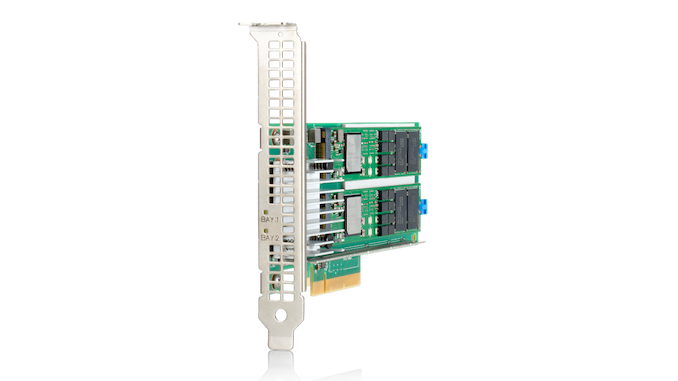
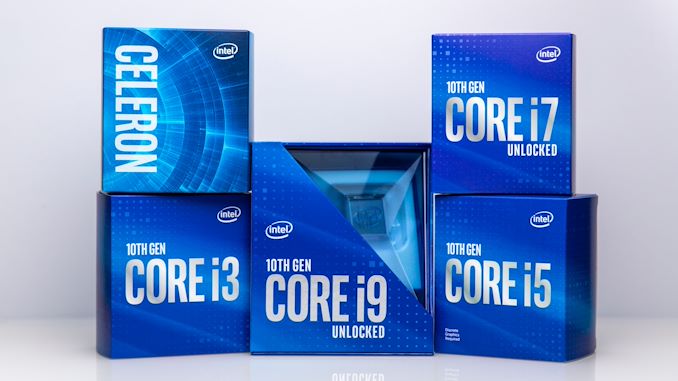
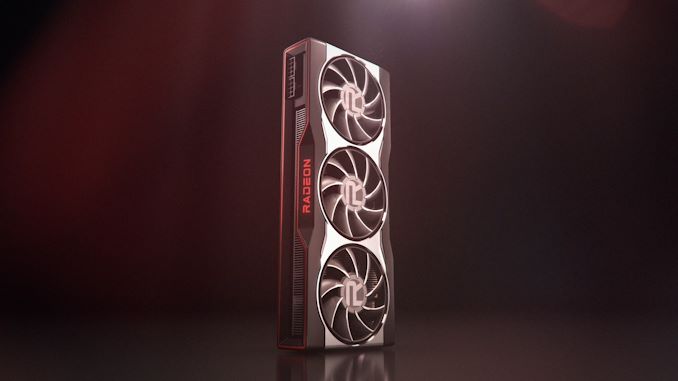
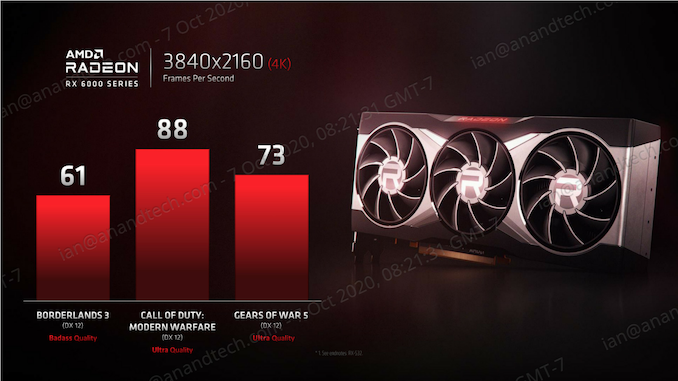
















Bookmarks